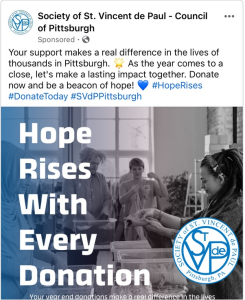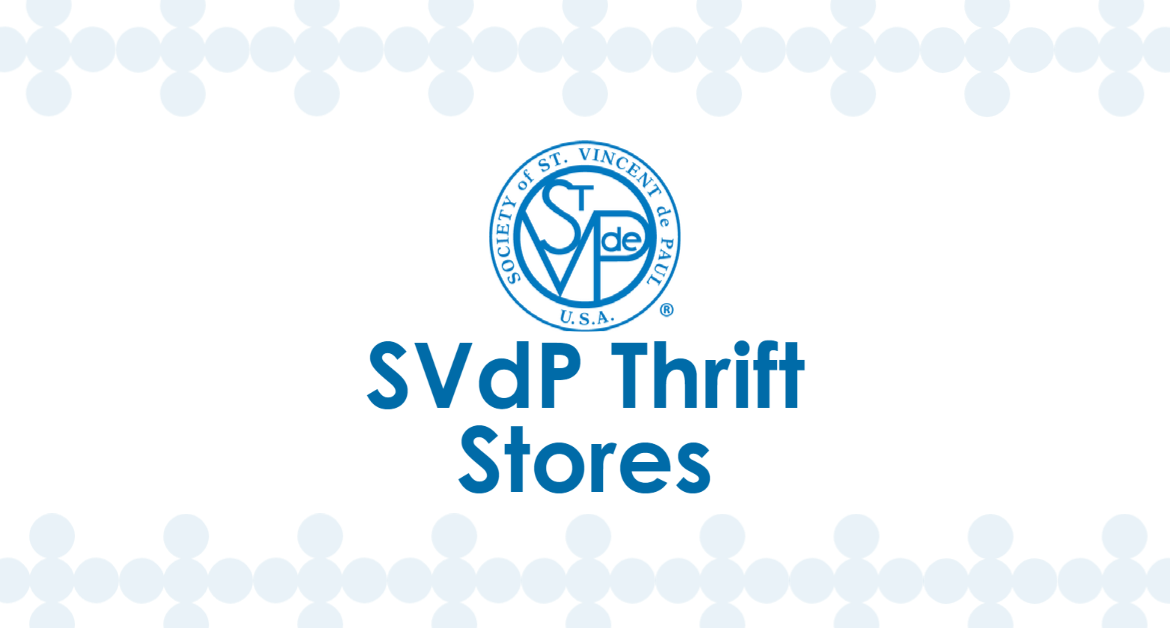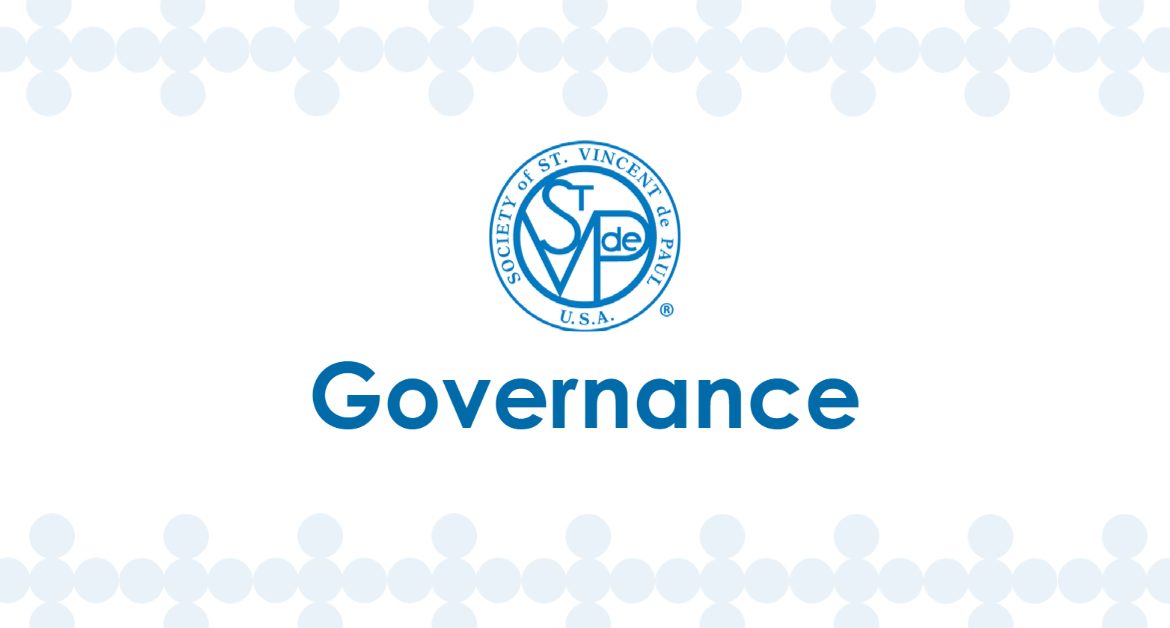By Bryan Engel, Director of Operations
Diocesan Council of Pittsburgh, Eastern Region
If your Marketing budget is on the lower end (or nonexistent), you may not feel like there are any opportunities to promote your stores. What can you do if you cannot afford billboards, radio, TV, or even newspapers? Have you tried free social media platforms like Facebook and Instagram? For thrift stores, these platforms offer opportunities to connect with customers, showcase products, and ultimately drive sales. Let’s explore the benefits of social media marketing (particularly on Facebook and Instagram) for thrift stores:
1. Increased Visibility and Brand Awareness (free)
Social media platforms boast billions of active users worldwide, providing thrift stores with an expansive audience to showcase their unique offerings. By maintaining an active presence on Facebook and Instagram, thrift stores can increase their visibility and reach a larger audience beyond their physical location. Consistent posting, engaging content, and strategic use of hashtags can help boost brand awareness and attract potential customers to your store. What is consistent posting? At least three posts per week — at most, 3 – 4 posts per day.
2. Showcase Unique Inventory (free)
The great thing about the inventory in your store is that you only have ONE of that item. Use Facebook and Instagram to create FOMO (Fear Of Missing Out). If someone wanted to buy an item that they missed out on, they will be checking their feeds more regularly for the deals and inventory that you have to offer. So, make sure that you are posting those rare finds.
3. Targeted Advertising (paid)
One of the most powerful features of social media marketing is the ability to target specific demographics based on interests, location, and behavior. Thrift stores can leverage this feature to tailor their advertising efforts and reach audiences most likely to be interested in their products. By refining targeting parameters, thrift stores can ensure their marketing efforts are reaching the right audience, maximizing the return on investment.
 For our Mattress ad in Pittsburgh, we targeted: 10-mile radius from each store,
For our Mattress ad in Pittsburgh, we targeted: 10-mile radius from each store,
less than $50k income, and looking to purchase a mattress or box spring within the next year.
 For the store’s ad, we targeted specific zip codes around each store.
For the store’s ad, we targeted specific zip codes around each store.
4. Engage with Customers and Build Community (free)
Social media platforms foster two-way communication, allowing thrift stores to engage directly with customers and build a sense of community around their brand. Responding to comments, messages, and tags promptly demonstrates excellent customer service and encourages meaningful interactions. Building a loyal online community not only drives repeat business but also generates word-of-mouth referrals as satisfied customers share their experiences with others.
5. Drive Traffic to Physical Store Locations and E-commerce Platforms (free)
While social media provides a platform for showcasing products, its ultimate goal for thrift stores is to drive traffic to physical store locations or e-commerce platforms. Incorporating location tags, store hours, and directions into posts makes it easier for customers to find and visit the store.
If you need help with writing your ads or promoting your stores, I suggest Chat GPT or an outside agency. In Pittsburgh, I use Chat GPT (a free and paid service … I use the free version) to write or give me ideas on the best way to reach customers or write a message. You can also search your local area for advertising options. Overall, there are a lot of advertising opportunities out there. If you are not doing it now, you need to find the time to start. Social media is a FREE option that will benefit your stores immediately.
Hopefully you or another SVdP Council/Conference/Store member will be attending the Mid-Year Meeting in St. Louis, MO in March. Please consider attending the Stores Meeting on Wednesday. Agenda here.




